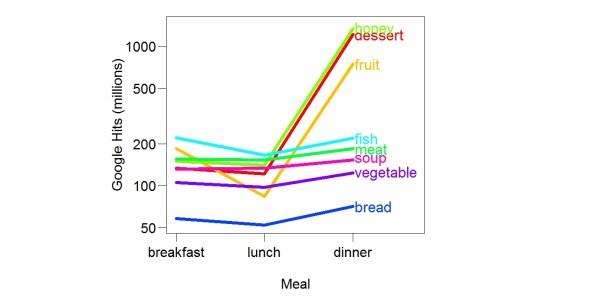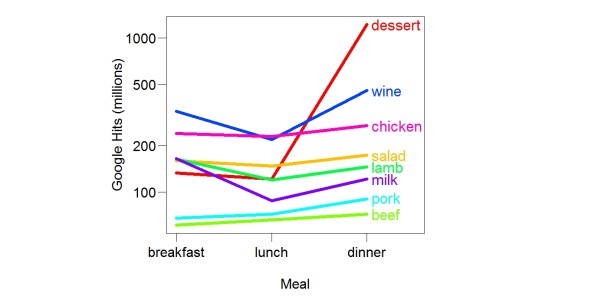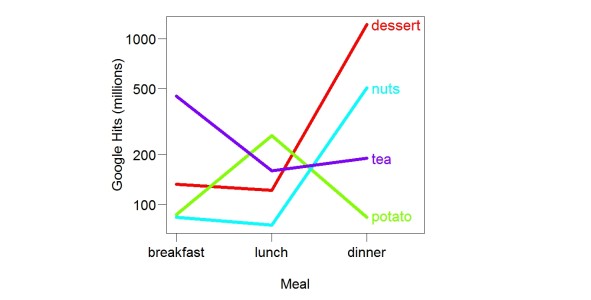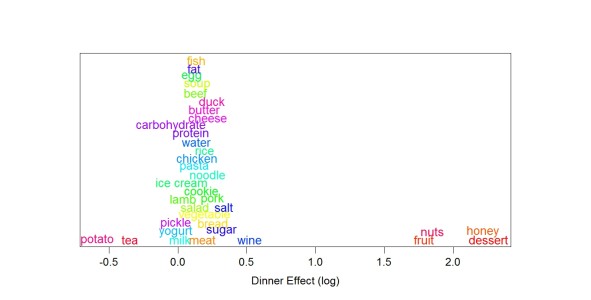A year ago, Eric Lander, who identified himself as “President and Founding Director of the Broad Institute of Harvard and MIT [and] one of the principal leaders of the Human Genome Project, directing the largest center in the international project” did a Reddit AMA (Ask Me Anything). One of the questions did not go as expected:
Question As an advisor to the President, what is being done or do you think will be done to increase the attractiveness of students finishing PhD programs in science?
Lander We need to shorten the time for getting a PhD and for a first faculty job. Young people should get out into the scientific world early, when they have lots of fresh ideas. We should encourage grants to young scientists and should encourage them to take big risks. When you’re taking big risks, science is amazingly fun.
The response to this answer was very negative.
With all due respect, this is a ludicrous statement. . . The true problem is the way in which you fund science. You fund projects and proposals. In order to get these projects funded, the preliminary data has to be essentially the whole project being done. Then you fund at a 6% percent line. It leads to cronyism in the peer review process and a general sense of despair in scientists. How about you radically change the funding system for PIs?
I too am disappointed with Dr. Lander’s response to possibly THE most important question here regarding training basic scientists.
Do you truly believe this? . . . There is no reason to encourage more students to go into science if there is not enough government funding to support their careers.
Alas, this is not important. It just pleased me that someone questioned Dr. Lander’s absurd claims, which he makes often. “We should encourage young scientists to take big risks”. Yes, I agree, does he really believe this? Do he really believe that someone coming up for tenure should take big risks?



